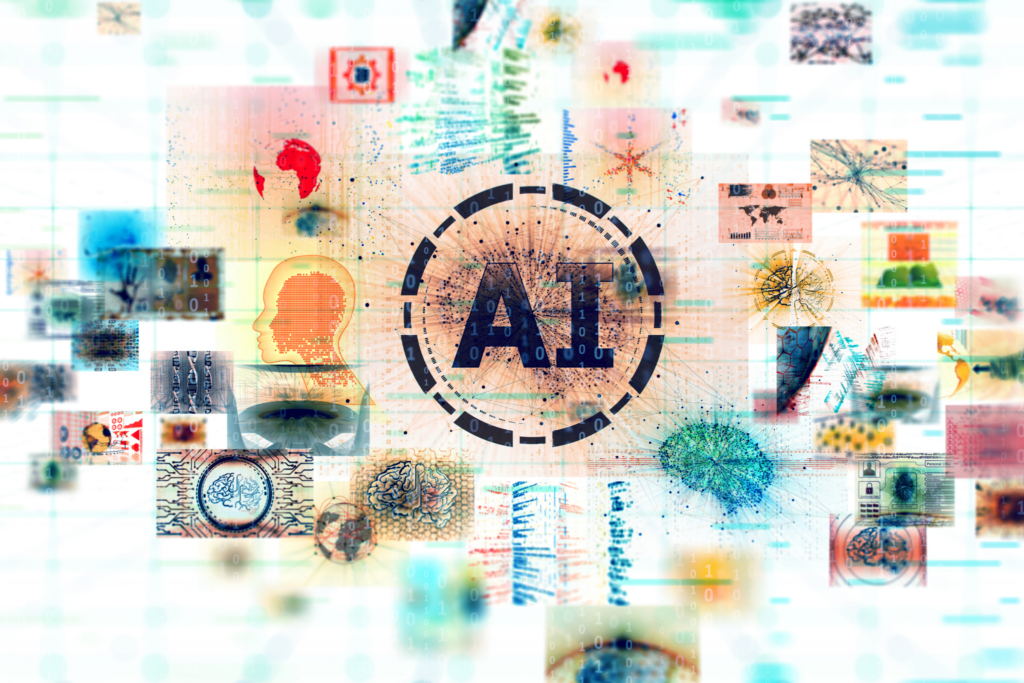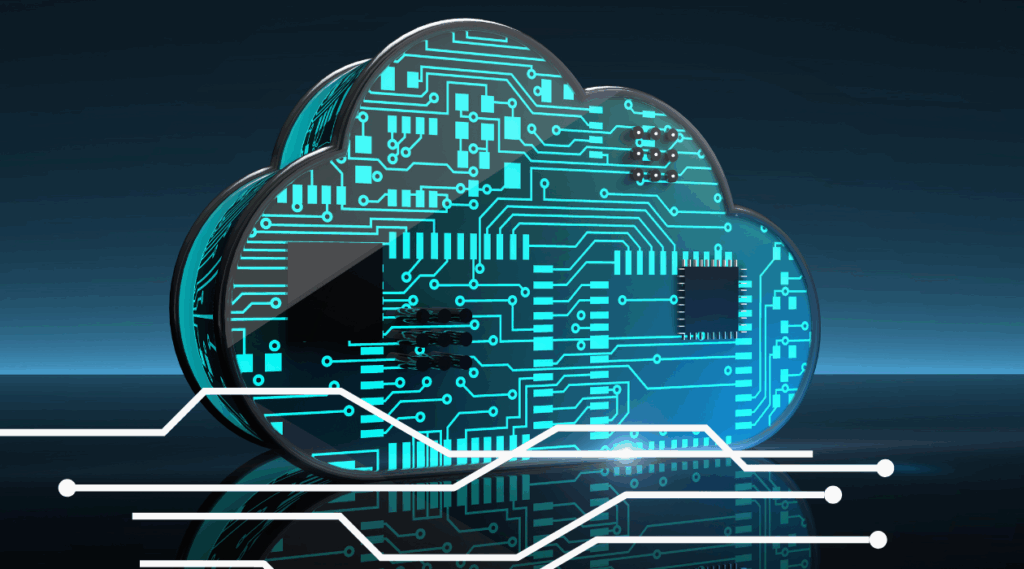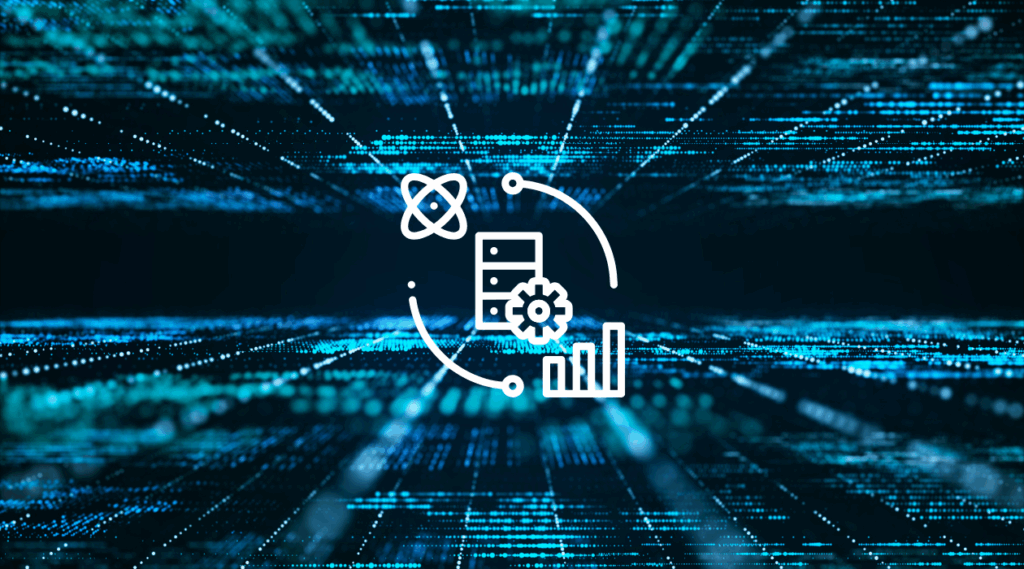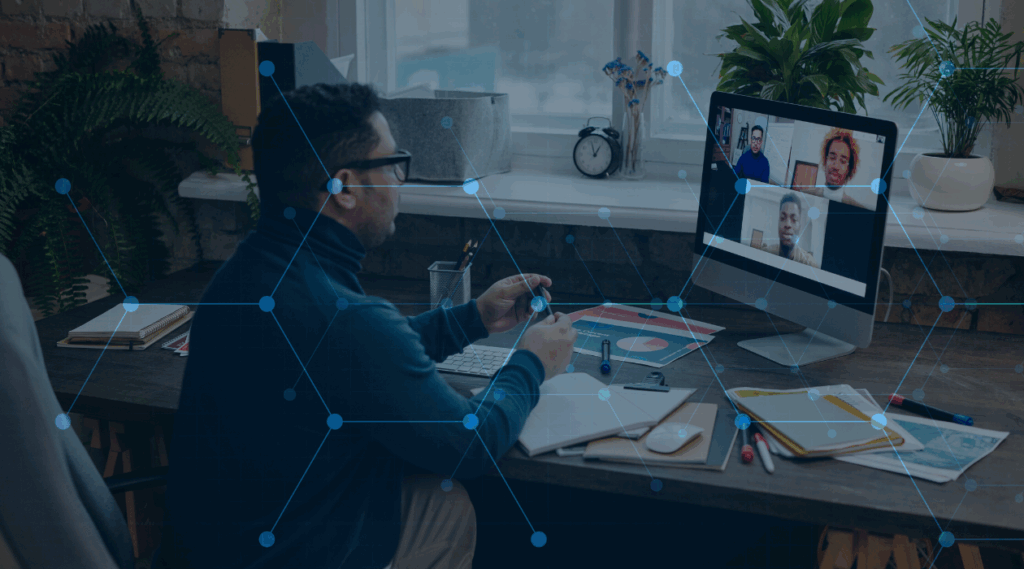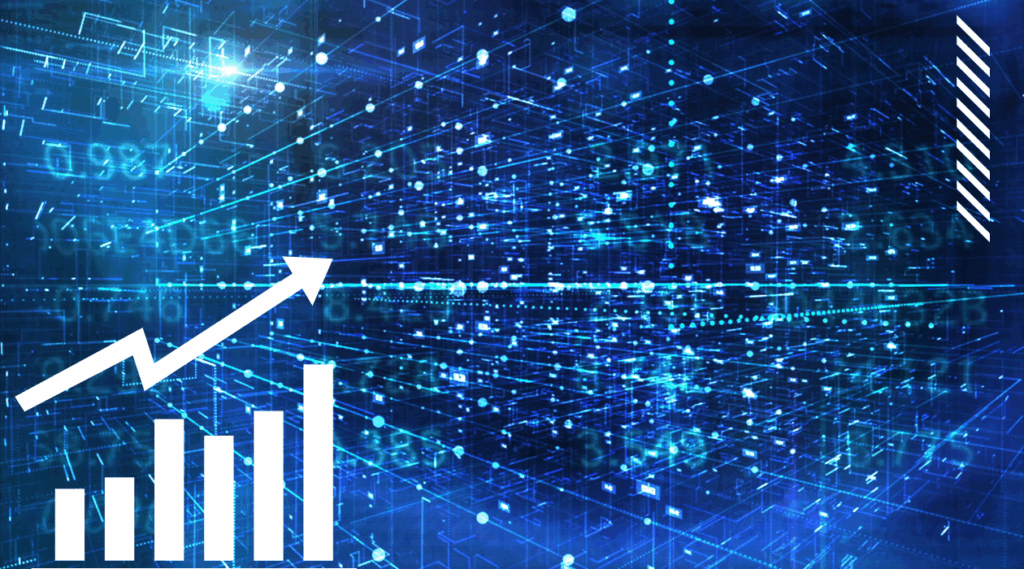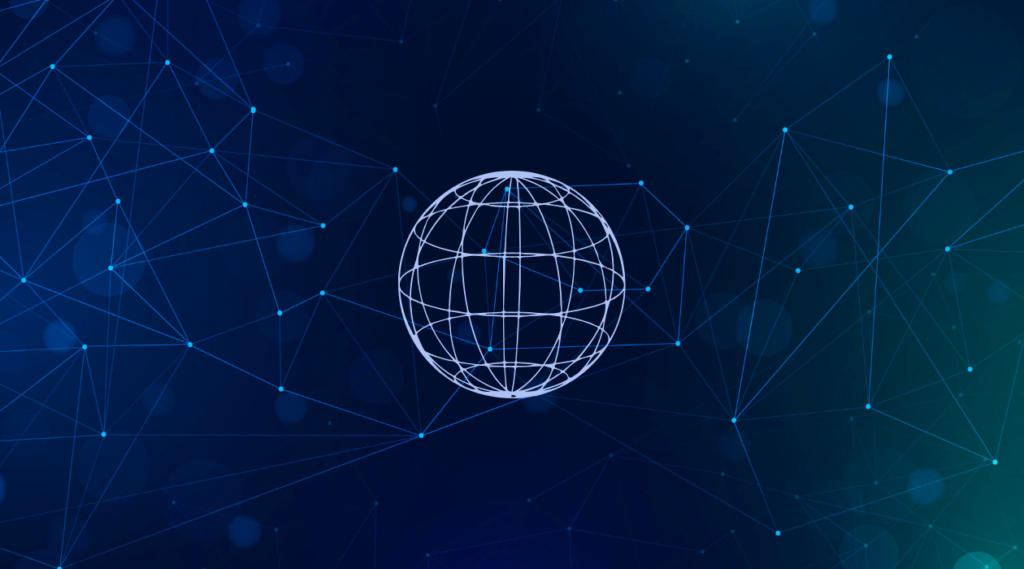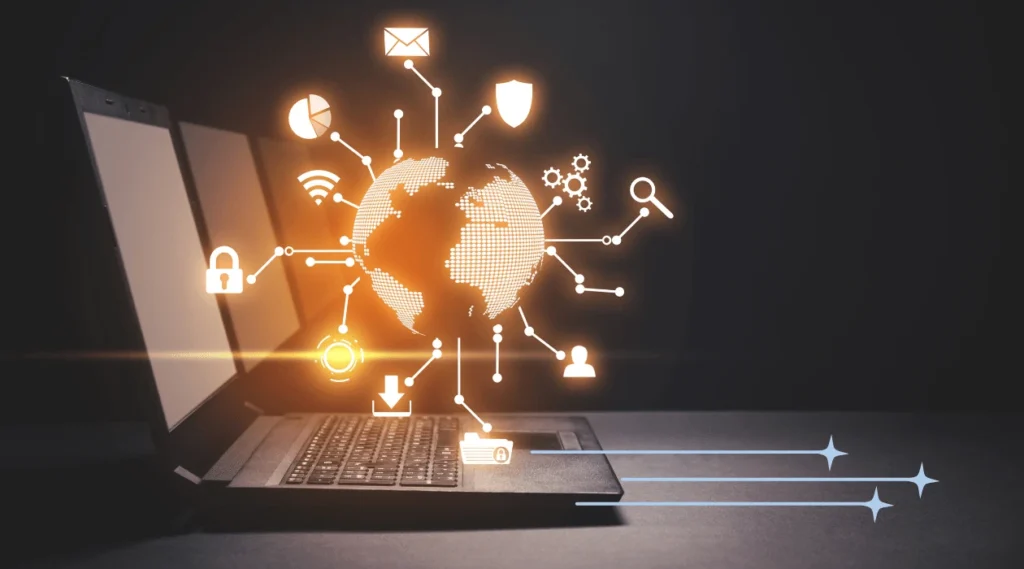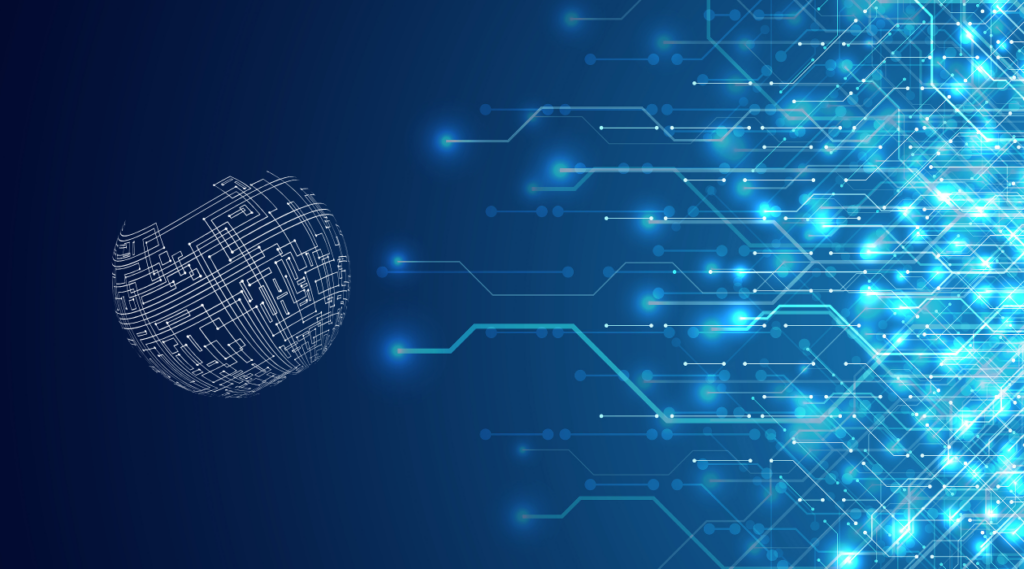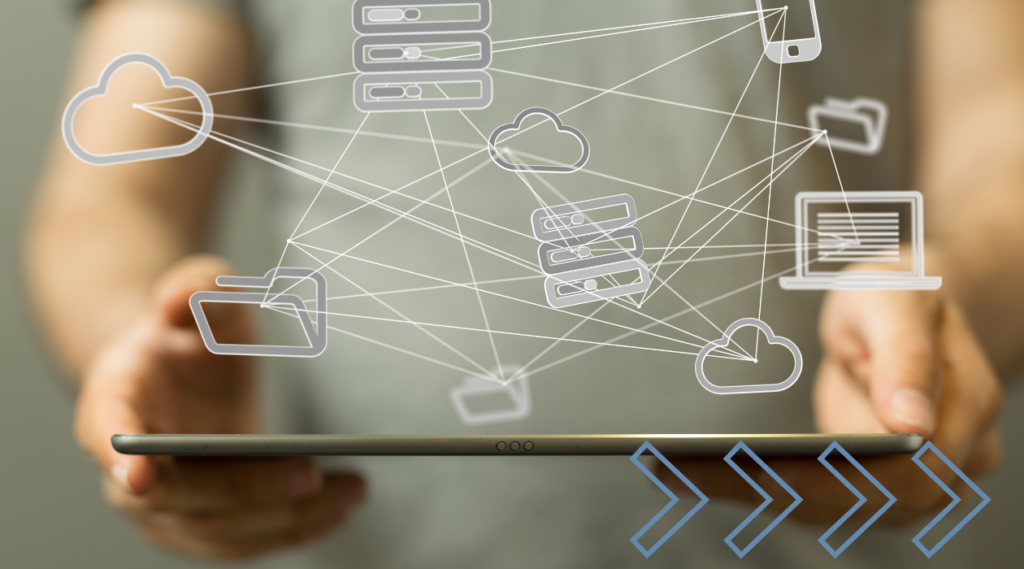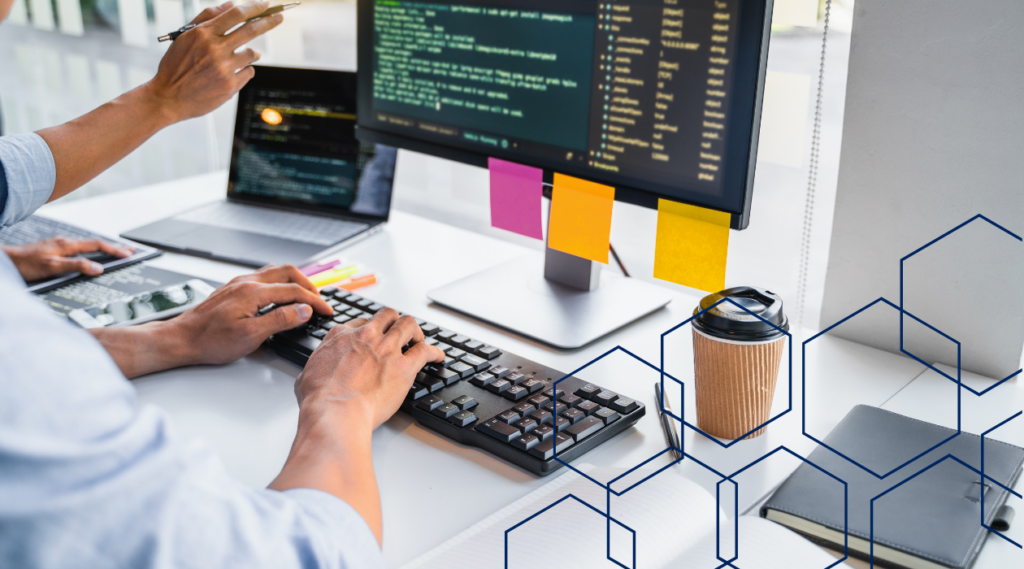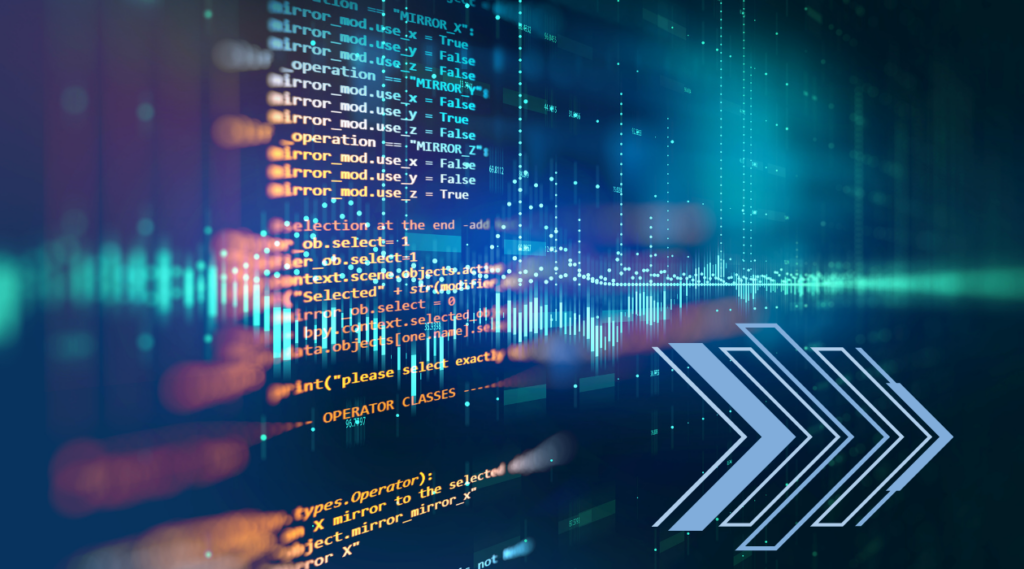Siri for Business? How Knowledge Graphs Can Help You Modernize Legacy Apps

Leadership Series: A conversation with Molham Aref of RelationalAI.
By Softensity
We’re excited to kick off Softensity’s new Leadership Series with a video interview featuring Molham Aref, Silicon Valley CEO of RelationalAI. In his interview with Softensity’s Monika Mueller, Aref discussed digital transformation and how legacy applications fit into the equation.
The issue? Businesses have a lot of legacy applications and aren’t quite sure what to do with them. Legacy systems can be difficult to support, especially as programmers retire. Finding people who will work on 30-year-old technology can be a big challenge.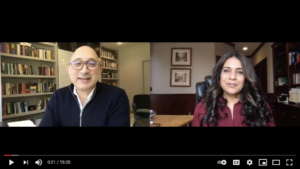
So what is a business to do when they want to rethink a supply chain app, or revenue management and forecasting capability? Those who turn to managed services are often forced to give up control of their technology. On the flip side, businesses that opt to modernize dated applications face their own set of challenges.
The key is to move into something that will be a better foundation to work with for another 30 years, rather than a solution that will end up in the same technical mess. Ideally, the application will be rewritten to introduce the latest technology, like AI and machine learning. Incorporating knowledge learning technology can help businesses produce smaller, more efficient code to create a more productive technical environment.
Mueller and Aref sat down to discuss legacy modernization as it relates to a company’s digital footprint. The conversation turns to knowledge graphs, and how they fit into the effort to modernize. Here are some highlights.
What is a Knowledge Graph?
Knowledge graphs are relational reasoning engines. In May of 2012, Google coined the term by announcing the Google Knowledge Graph, and published an article explaining how the technology is paving the way for the next generation of search. According to Aref, “knowledge graph management systems will make it — in order of magnitude — easier, cheaper and faster to build sophisticated predictive analytical data applications.”
This is promising technology for digital transformation that brings legacy apps into what Aref calls “a new world that’s AI first, Cloud first.” The less appealing alternative would be to simply take an app built in old Java, Oracle technology or C-Sharp SQL server technology and incrementally migrate it to the new world without rethinking it, or simplifying it given what’s available today.
Aref explains the payoff: “One of the customers that our firms work on together took a legacy app that was written in 800,000 lines of C-Sharp and God knows how many lines of SQL. We re-platformed it and digitally transformed it onto a relational knowledge graph management system in less than 10,000 lines and in a quarter’s worth of work. And the solution does more than the solution we replaced.”
“Most people don’t know that you can get that that kind of improvement and simplification, and they just out of habit continue to use the same technology that they used 30 years ago in the context of the cloud and machine learning, and in a world where you can do it much more simply and get more value. It’s not just cheaper and faster, it’s better. It solves more business problems. It solves them better,” says Aref.
Siri for the Business Place
The accessibility of knowledge graphs goes a long way toward facilitating business buy-in for the technology. In fact, according to Aref business people are the biggest fans of this kind of transformation because they no longer have to rely on technologists to take the knowledge that’s in their head and codify it in Java or C-Sharp or another language they’re not familiar with.
“We’ve taken that knowledge and made it accessible to them directly,” says Aref. “You can say, I’m interested in all my clients who live in a certain area, who bought more than a hundred dollar’s worth of goods for me in the last three months. That’s a question that a business person can ask the computer and they don’t have to code it up, and tell the computer exactly what to do to answer that question.”
Knowledge graphs can serve reporting needs, analytics, machine learning and predictions wrapped up into one system. “So it’s Siri for the business place,” Mueller jokes. In fact, Siri itself is using Apple’s knowledge graph. All of the big tech companies are big on knowledge graphs, from Apple and Google to Amazon, Microsoft and all the major technology players.
Learn More
Watch the whole interview to learn more about this fascinating tech, or reach out to RelationalAI to find out how the technology can help you modernize your legacy apps. You can also learn more at the annual Knowledge Graph Conference hosted by Columbia University in May.
Need developers to help implement this cutting-edge technology? Softensity has partnered with RelationalAI on several projects, and has a talented pool of engineers well versed in knowledge graphs.
